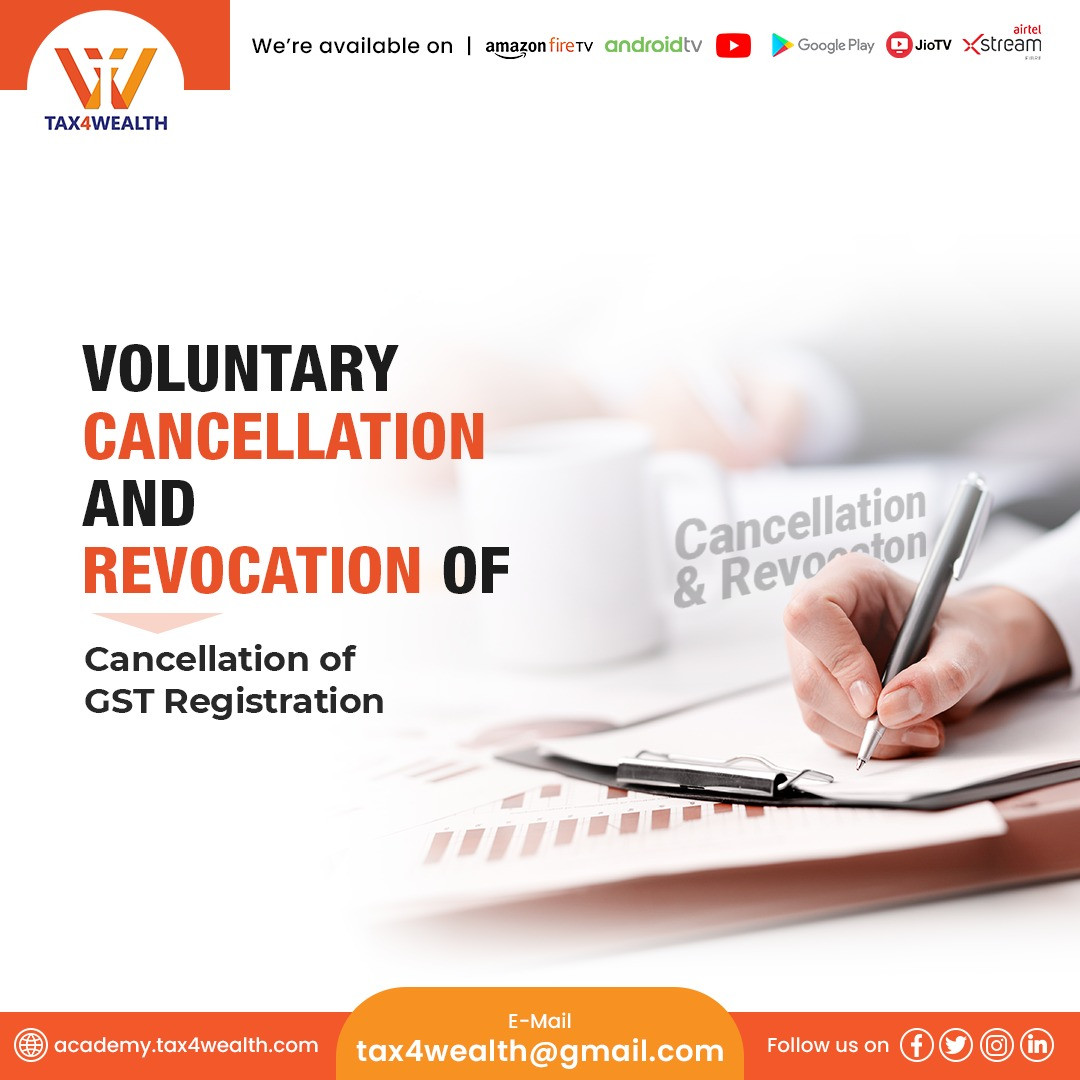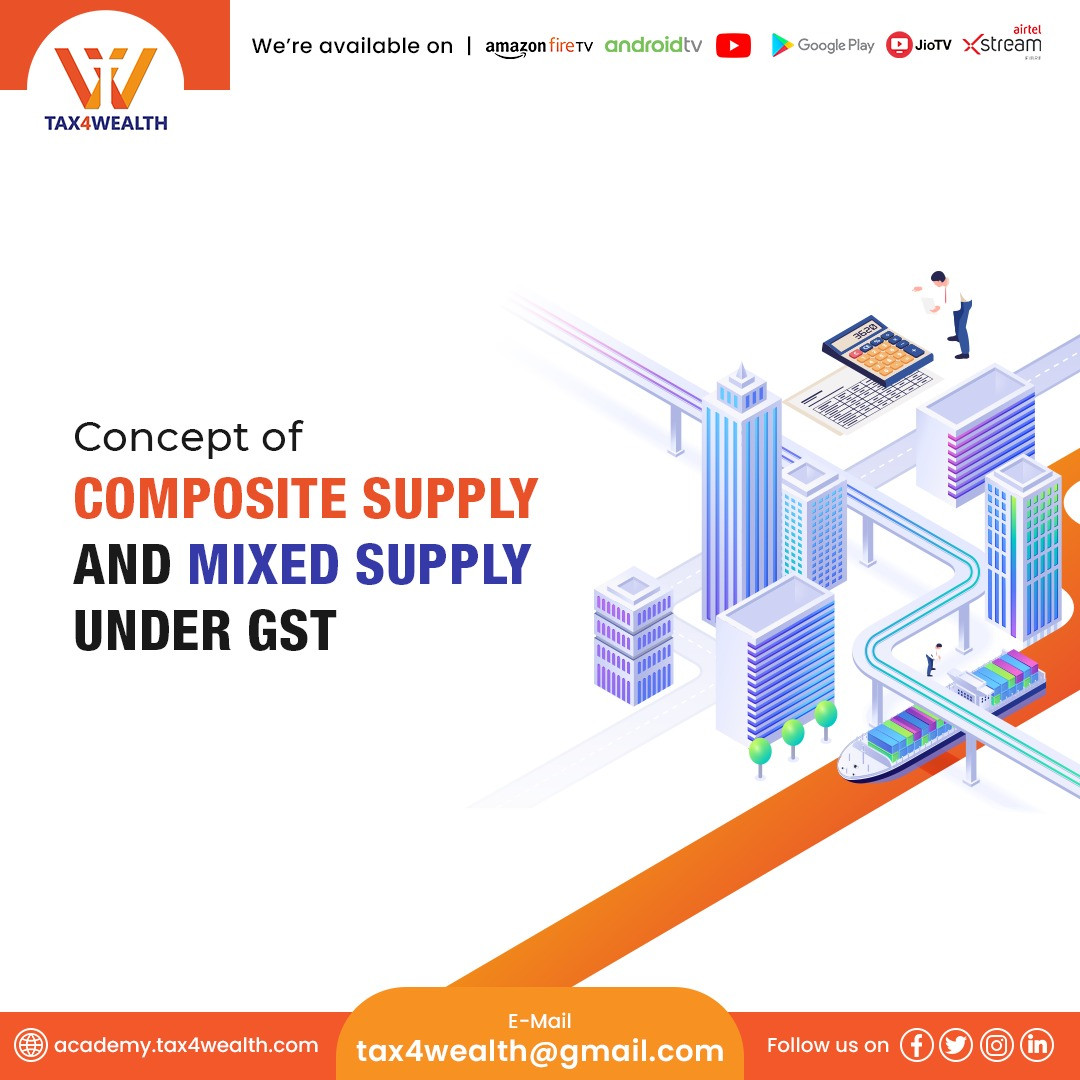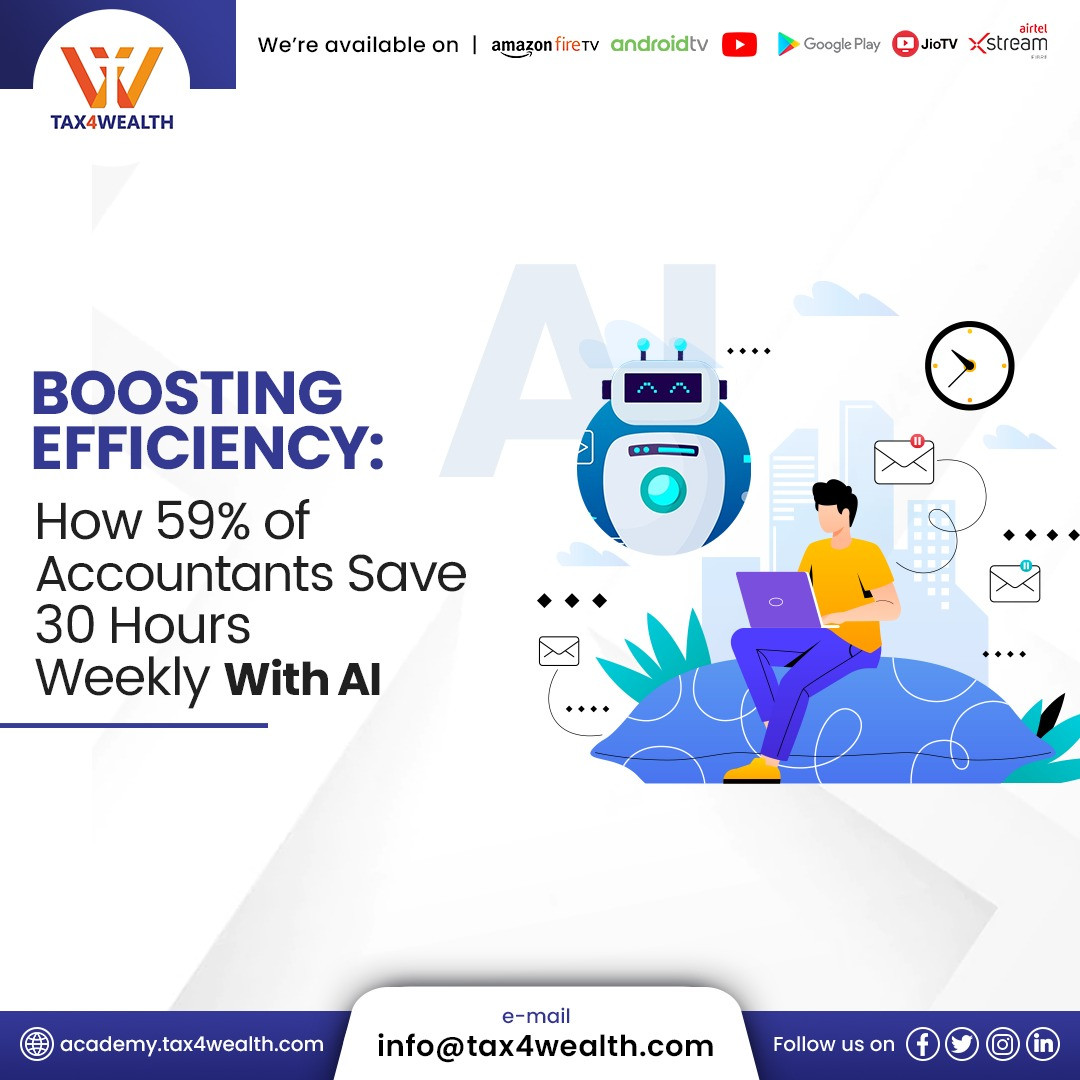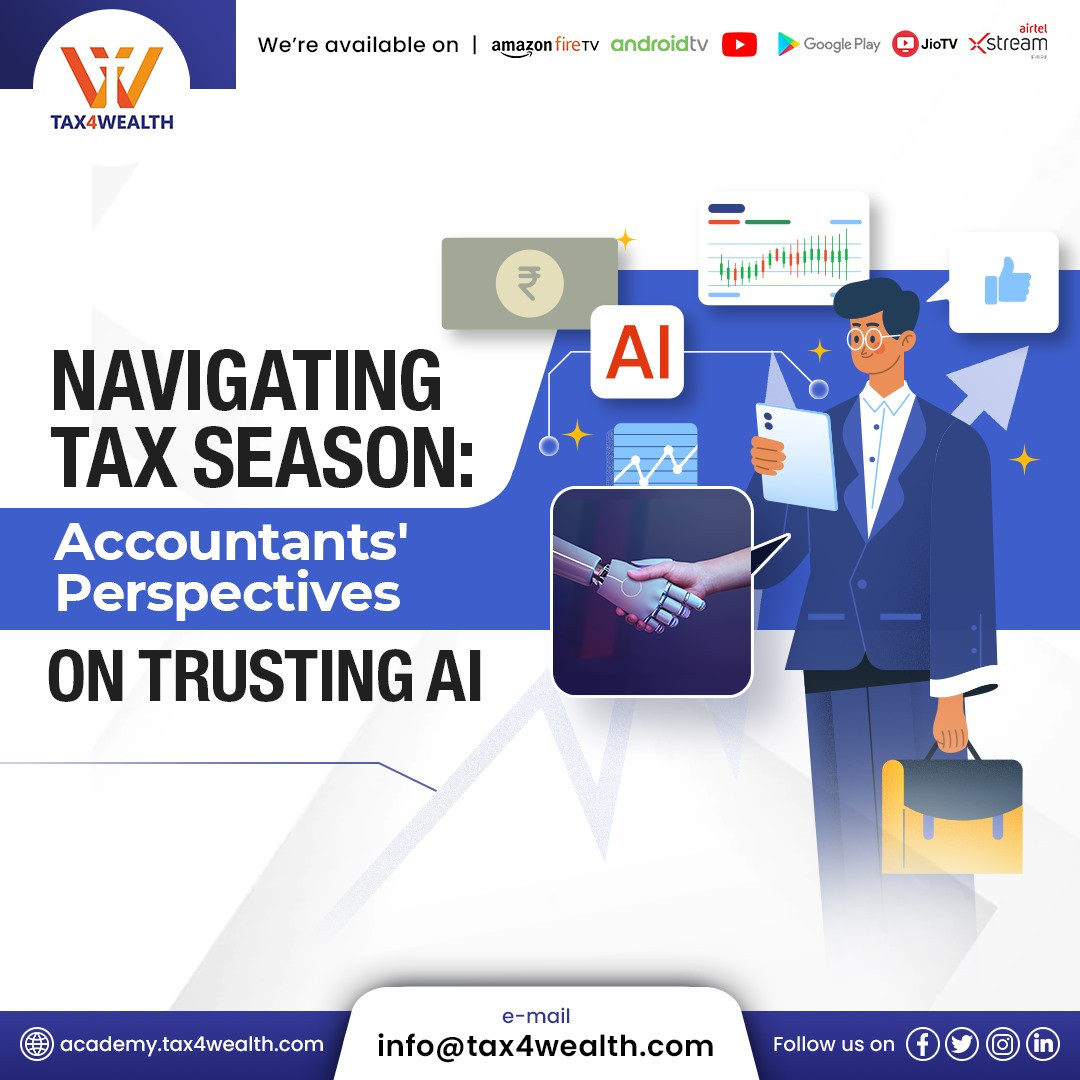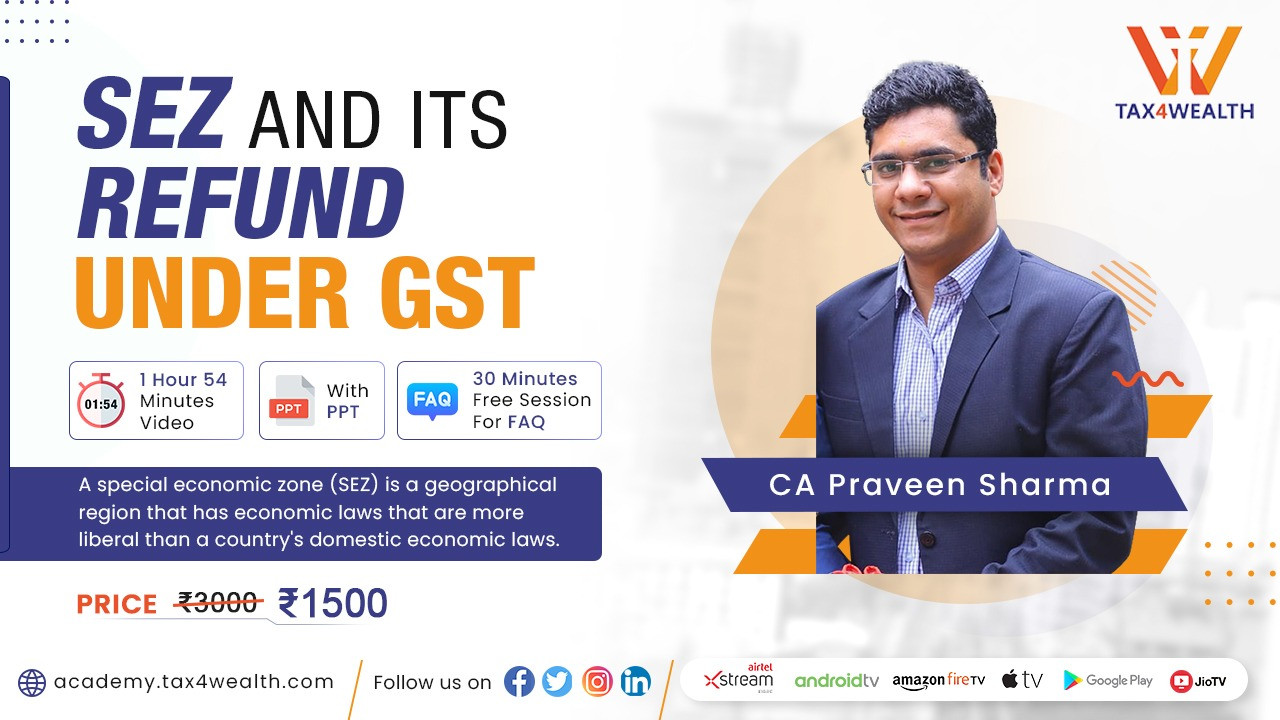
What Are The Types of GST Models?
Here Are Some Models of The GST:
The full form of CGST is Central Goods and/or services Tax. This tax is imposed on transactions of goods and/or services that are being made within a state by the Central Government of India. It is considered among the two taxes that are charged on the transaction that occurs within the state. It is to be noted that the transactions made between two states are also subject to SGST or UTSGT. The aforesaid taxes replaced the taxes of previous regimes including Customs Duty, SAD, Central Excise Duty, Service Tax, etc. Usually, the rate of CGST and SGST are the same. CGST is imposed based on the product price.
Inter-State Goods and Service Tax (IGST):
In case of inter-state transactions made for the supply of goods and/or services, the aforesaid tax is applicable including the import of goods. Generally, the aforesaid tax is collected by the Government of India and then distributes the same among the required states. When a product or service is supplied from one state to another then only IGST is charged. This tax ensures that the state has to look upon the Union Government and other states for settlement of inter-state tax amount separately.
The same can be better analyzed with the help of an example. Ramesh is a manufacturer in Delhi, engaged in the supply of apparel, and sells the apparel to Suresh residing in Delhi. This sale is called an inter-state transaction and in that case, IGST is applicable. In this case, if the GST rate is 18%, then the IGST amount will be Rs. 1800 and the price of goods including GST will be Rs. 11,800/-.
From the above instance, it can be concluded that GST is a tax related to consumption that suggests the state where the actual consumption of goods and/or services occurred. It will obtain the advantage of tax irrespective of the manufacturing state.
Union Territory Goods and/or services Tax (UTGST):
UTGST is applicable on the goods and/or services when the supply occurs in 5 Union territories of India including Dadra and Nagar Haveli, Chandigarh, Lakshadweep, Andaman, and the Nicobar Islands, and Daman and Diu. It is a tax imposed in addition to CGST. According to the provisions under GST, the supply of goods and/or services within a specified Union Territory is applicable for UTGST and CGST.
One of the main reasons for separate GST implementation for Union Territories is that GST implemented states cannot adopt union territory GST laws without any specified legislation. However, Union Territories like Delhi and Puducherry have their own laws and legislation with regard to the implementation of GST. For this reason, SGST is applicable with regard to supply in these two Union Territories.
Dual GST Model:
Dual GST Model is again categorized in two categories the whereof are provided below;
Non-Concurrent Dual GST:
Under the aforesaid GST model, the state government has the authority to impose taxes on goods and the central government has the authority to impose taxes on services under GST. The states have also the authority to supply goods which also includes immovable property. On the other hand, the center has the authority to levy taxes on services under GST. There is no specific effort required for the imposition of taxes on services under intrastate supply.
The dual model of GST has not been accepted and adopted by the Center as well as States. Hence, the government decided to implement and adopt the other model concurrent dual GST model.
Concurrent Dual GST:
Both Center and State will impose a tax on the same base rate under the aforesaid model. The GST is imposed on a concurrent basis under central as well as state government. Central GST and State GST will be administered by the central government and state government respectively. Under this model, the goods and services are subject to a concurrent taxation system as per the prescribed provisions of the Center and State. As per this model, all the goods and/or services will be governed according to the GST structure.
An example will be easy to understand the concept in a better manner. For Example, the product cost is Rs. 10,000, and the rates of CGST and SGST rate are 9% each. In that case, the CGST and SGST levied on the product cost i.e. Rs. 10,000. Thus, the CGST and SGST in this case will be Rs 900 each.
If you want to learn and enhance your skills under the GST then, visit our blog on Different Industries and Sectors in GST at Academy Tax4Wealth.
Types of GST:
There are three types of GST which are discussed as follows;
Central Goods and Service Tax (CGST):
In the aforesaid GST type, the central and state government both will combine the tax levy under a single national GST that will be charged for the appropriation of arrangements for revenue for central and state governments both. However, under the provisions of CGST, the governments are required to collect the total tax revenue of the country. According to Section 8 of the GST Act, all the taxes are levied on the intra-state supplies of goods and services. In this case, the rate of tax must not exceed 14%.
State Goods and Service Tax (SGST):
Under the above-mentioned type of GST, the tax is imposed on goods and/or services intra-supply both by state and central government. The same is administered by SGST Act. As explained earlier, it must be noted that the imposition of CGST on intrastate supply is administered by the central government of India.
Integrated Goods and Service Tax (IGST):
This type of GST is imposed on intrastate supplies of goods and/or services which is administered by the IGST Act. IGST Act is applied in case imports and exports of goods and/or services in India. However, it must be noted that Zero rates of GST will be applied for exports and the same will be shared between state and central governments.
Conclusion:
The Central Goods Services Tax is imposed on transactions of goods and/or services that are being made within a state by the Central Government of India. It is considered among the two taxes that are charged on the transaction that occurs within the state. We are providing a completely GST Practitioners course online, Build your career with GST Course Online.
Related News
No comments yet, Be the first to comment.



